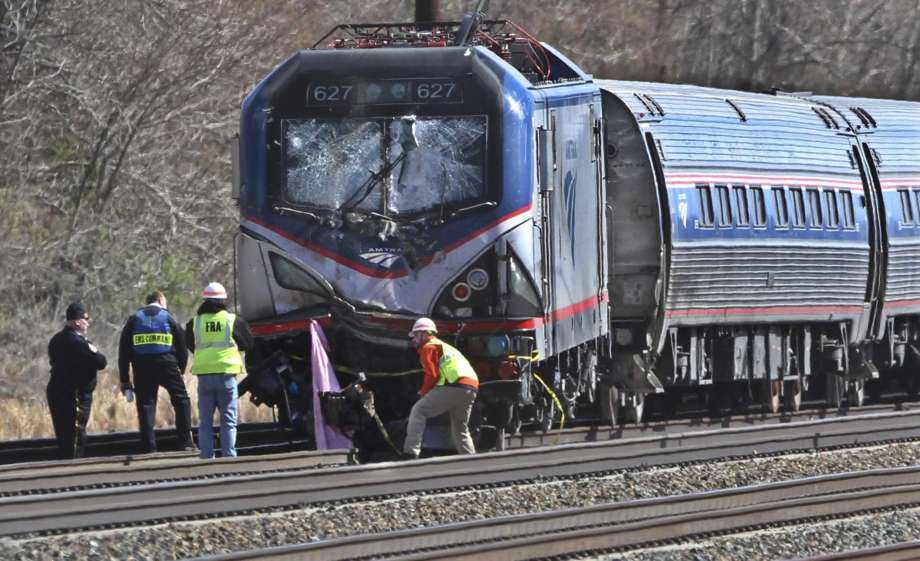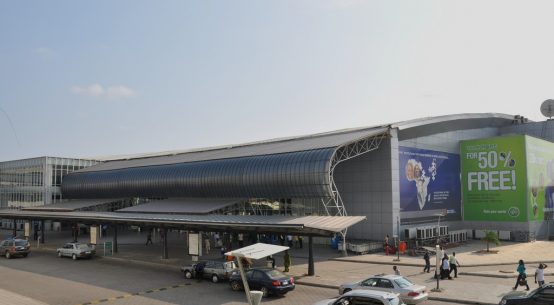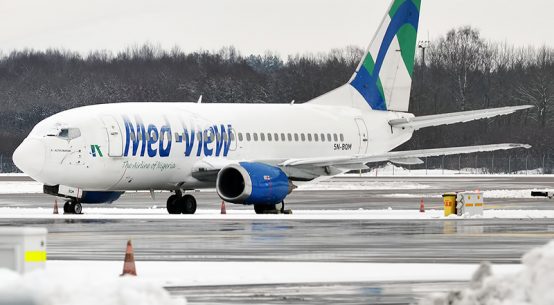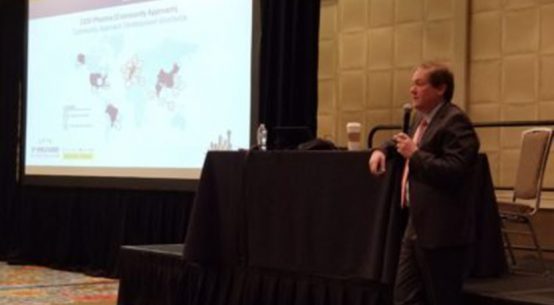
On April 3, 2016, Amtrak investigators inspect the deadly train crash in Chester
Says Federal investigators at the U.S National Transportation Safety Board (NTSB)
PHILADELPHIA (AP) — Federal investigators said Tuesday they found major lapses in how Amtrak deals with safety, including more than two dozen hazardous conditions at the work zone near Philadelphia where a train slammed into a maintenance backhoe last year and killed two workers.
Chief among them, investigators said, were a foreman’s failure to make sure dispatchers were still rerouting trains from the area under repair near Philadelphia and the crew’s failure to use a device that would have automatically blocked trains from accessing those tracks.
“Had any of these issues been addressed, the accident may have been prevented,” National Transportation Safety Board investigator Joe Gordon said at a public meeting on the crash at the agency’s Washington headquarters.
Imagine your Ad placed here
The April 2016 crash killed backhoe operator Joseph Carter Jr. and supervisor Peter Adamovich. About 40 passengers on the New York to Savannah, Georgia, train were injured.
Amtrak workers told investigators that the government-owned railroad emphasized on-time performance over safety, yet plastered employee lounges with big, red signs reminding them to “think safety” and threatened to fire workers who broke certain rules.
NTSB chairman Robert Sumwalt said Amtrak’s grab bag of priorities created a culture of fear and non-compliance where bending the rules seemed acceptable to “get the job done.”
“Amtrak’s lack of a strong safety culture is at the heart of this accident,” investigator Mike Hoepf said.
Amtrak’s co-chief executive officers, Richard Anderson and Charles “Wick” Moorman sent a letter to employees Tuesday updating them on steps the railroad has taken to transform its safety culture since the crash.
They include hiring a new head of safety, compliance and training, issuing alerts and advisories to remind workers of rules and an improved worker-protection training program.
“Our customers expect us to operate safely and our jobs and lives depend on it,” the co-CEOs wrote. “We can and will do better. Our pledge to you is that we will do everything possible to help move us forward.”
Carter’s family is suing Amtrak for negligence. Their lawyer, Tom Kline, said they can only hope his death “will result in wholesale changes” in safety at Amtrak.
Toxicology reports showed that Carter, 61, had cocaine in his system, Adamovich, 59, tested positive for morphine, codeine and oxycodone and the train’s engineer, Alexander Hunter, 47, tested positive for marijuana.
Only Hunter, as a train crew member, would have been subject to random drug testing at the time of the crash. In June, federal regulators expanded the testing program to include track maintenance workers. On Monday, the Federal Railroad Administration issued a rule mandating testing for opioids beginning Jan. 1.
Hunter is no longer employed by Amtrak. No amount of marijuana use by an engineer is acceptable, the railroad has said.
He told investigators that he knew of maintenance work being done in the area but was not given any warnings about equipment being on the same track as his train.
Follow us on TWITTER for more Logistics News Follow us on FACEBOOK for more Logistics News
Hunter blew the train’s horn and hit the brakes once he saw equipment on an adjacent track and then on his own track. Investigators say that was about 12 seconds before impact.
The train slowed from 106 mph to 100 mph at impact and only came to a complete stop about a mile down the track. The lead engine of the train derailed.








